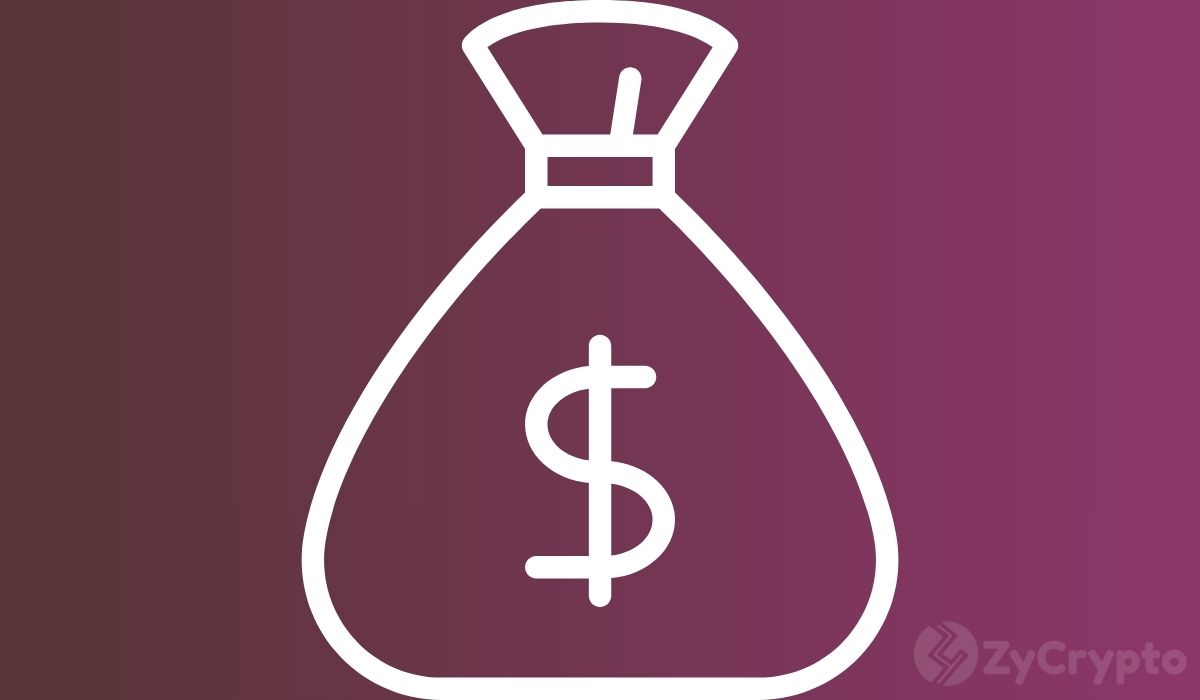Custodia Bank and Vantage Bank Texas have transformed their initial pilot initiative into a nationwide network for banks in the US by introducing a live platform for tokenized deposits.
The new platform enables participating banks to create tokens that represent insured deposits. This means they can transfer traditional bank money onto a blockchain while maintaining all the standard protections and complying with regulations.
Analysts refer to the new platform as a solution for real-world transactions
Sources have acknowledged that Custodia and Vantage’s setup ensures tokens strictly adhere to US banking rules and comply with the GENIUS Act. This crypto legislation allows specific bank-issued stablecoins to be treated as deposit instruments rather than securities.
These tokens imitate the characteristics of digital dollars that can change depending on the location they are situated. For instance, in a participating bank, they act like regular tokenized deposits, completely insured by the FDIC, and follow banking rules. Nonetheless, they function like a stablecoin when they shift to another institution or wallet.
During an interview, Caitlin Long, the founder and CEO of Custodia Bank, weighed in on the topic of discussion. Long pointed out that the network handles these changes using a patent-pending protocol that integrates both an on-chain oracle and off-chain operational controls.
She also mentioned that the platform utilizes Infinant’s APIs and ledger infrastructure to facilitate conversions between different forms.
“The crucial point is that the same token, created through the same smart contract, can change who is responsible for it and its regulatory status as it goes through its life cycle without needing to be redeemed or converted,” the CEO of Custodia Bank explained.
Meanwhile, unlike the previous proof-of-concept that tested Vantage’s Avit token on Ethereum, analysts express that this new version is designed for real-world transactions.
Dan Dadybayo calls for efficiency in the banking industry
When questioned about the underlying infrastructure, Long stated that the platform operates on a permissionless network. She also highlighted that three different trial transactions had already been made using Ethereum in March, and work is underway for Bitcoin.
According to the CEO of Custodia Bank, this model demonstrates how Custodia and Vantage are committed to eliminating obstacles rather than creating new ones.
Following the CEO’s remarks, analysts stated that this approach for open access and interoperability appears to be a step in the opposite direction of what has become the norm. They observed that major stablecoin issuers and payment platforms either build their own chains or support unique systems.
In the meantime, an FAQ provided by Long in response to questions from reports pointed out that, “While many stablecoin issuers rely on complex legal structures that create their own issues, we are using a legal framework that promotes interoperability within the law.”
The two banks are building a compliant settlement layer that moves insured dollars at blockchain speed and offers the same level of safety, Dan Dadybayo, research and strategy lead at Unstoppable Wallet, said.
Dadybayo further explained that the Fed can continue monitoring transactions through participating banks. However, he acknowledged that for the first time, smaller institutions can compete on efficiency and programmability.
According to him, if more individuals adopt this approach, they could quietly transform the current network into a parallel payments network built from within the system, rather than against it.
Sign up to Bybit and start trading with $30,050 in welcome gifts











